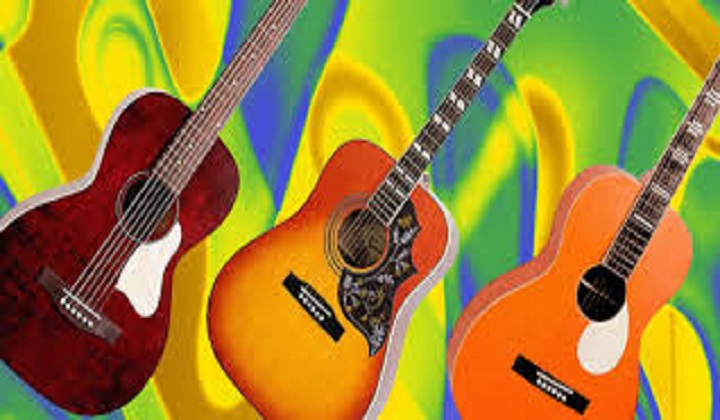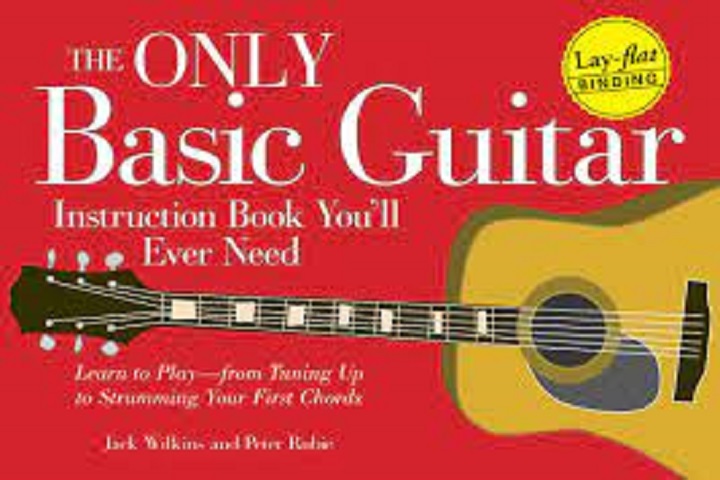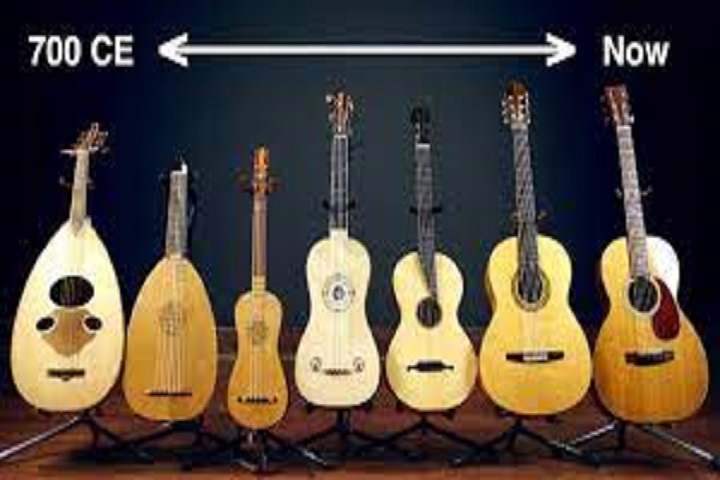Introduction
It is one thing to know what the modes are, to know what modality is in abstraction and to be able to name the modes, even to spell their intervals and relationship. It is one thing to know a scale, but it is quite another to understand it practically. It is one thing to have it in your mind; it is another to have it in your ears.
The point of learning scales and their modes is to be able to make use of them, and that means being able to really hear them and to know, from their name, what they will sound like and how they will feel. In some music courses, there is a lot of focus on formal ear training and sight singing, in which students are asked to recognize, name, and notate scales (among other things) by their sound and sing them accurately after only seeing them written down or being told their name.
It is not, for every musician, necessary to be trained in that way. The ability to attach a particular name and a particular set of written symbols to a sound (and to be able to sing, from memory those musical structures) is far removed from the act of actually playing or writing with those structures. But some form of ear training, in which there is a general, emotional, unconscious sense of what different scales do and how they will impact the music is very important to be a good musician.
Even musicians who don’t know anything about theory, if they are good, have this sort of internal, unconscious connection to different sets of intervals. It is how you know what will work and what will not work, and how you know what you like and what you don’t like.
In short, it is how you know what to play and how to sound like you, how to have a style of your own. So how can you develop that sort of familiarity with scales and their modes? There is no shortcut really, you simply have to learn to hear them and use them… a lot. But there are some exercises (besides the regular ear training exercises) that can help.
The exercise is simple:
- Play a drone note (on guitar, the E string would be most natural), which will establish your key, your tonal center. Then you can play various scales and modes in that key. So play an E note for example and let it drone (sustain), and then play an E Ionian, and then an E Dorian, and then an E Phrygian, and so on. Play all of the modes that share the same tonal center. This is what we have done for the Pentatonic and Diatonic modes’ audio examples, but you should be able to do it on your own now. Try it. Listen for differences in harmonic effect and feel for differences in overall effect.
- Once you have done this, it is useful to move on to play over a single chord or entire chord progressions. Make or find a backing track for each mode and play over those progressions using those modes. You will develop a sense of the differences between scales. However, if you’re not familiar with chords and chord progressions yet, you will be able to do this after you go through the Chord section later in the book.
- Finally, begin substituting scales and modes for each other over the same chord or progression. If you are playing over a minor progression, for instance in A minor, you can perhaps begin by playing in A Aeolian (natural minor scale) and end by playing in A Phrygian. This takes time to truly understand and be able to do, but it is well worth the effort! By the end of this book, you will have a much better understanding of how to go about this.
Conclusion:
You might also choose a single chord: a Major 7 chord for instance, and play by cycling through all of the various modes of the pentatonic, diatonic, harmonic minor, and melodic minor scales. You can even use scales that don’t make any natural sense — like a Dorian over a Major 7 chord — just to hear what it sounds like. Doing this sort of substitution will help you really learn to feel the differences between scales and will encourage you to remember certain harmonic techniques and exotic sounds that you enjoy and want to incorporate in your style.
 TRUTHREVIEWERS
TRUTHREVIEWERS




